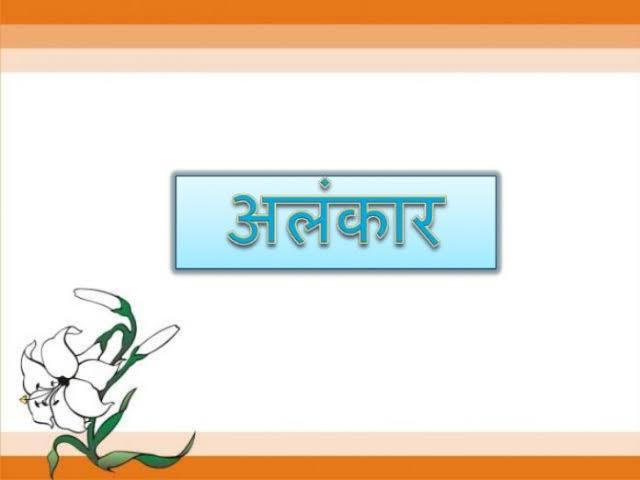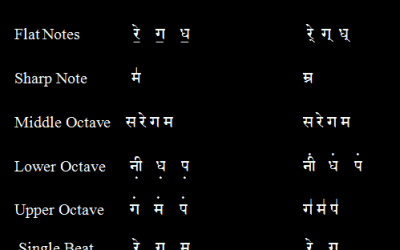Alankaar
The defination of Alankaar is as follows:
Alankaar – Some regular Varna communities are called ‘Alankaar’ .
Alankaar means aabhushan or jewel.
Just like jewels increases the grace of physical body, in the same manner Alankaars enhance the beauty of singing.
The way, a night without moon, a river without water, branches without flowers are all incomplete, the same way Music is incomplete without Alankaars
Alankaar is also called ‘Palta‘. Students are taught ‘Alankaars’ first because without them neither good sound can be produced nor success can be gained in the art of music With the help of Alankaars, Ragaas can be decorated with ornaments Called. Taans can be formed with the help of Alankaars.
There are only Varna – communities. For ex- Sa-Re -Ga-Ma a group. It has both ascending and descending characters. This can be considered as a ladder, where one can go ahead and skip the backward voice and continue to go ahead. Re-Ga-Ma-Re can be second, seconded ladder, Ga-Ma-Pa-Ga can be third. In a similar manner, many Alankaars can be created. Alankaars can be created with ‘Shubh’ as well as ‘Komal’ swaras. But one needs to the cautious in using Alankaars in specific ragas by using only swaras applied in that particular Raga.
Raga
That specific composition of sound, with the help of which combination of swaras and varnas, the decoration can be added to the sound which makes it pleasant for ears to listen and calms the mind of the audience. Wise people call it ‘RAGA‘.
It is necessary to have the following things in Raga:
- A raga must originate from a ‘Thaat’.
- It should be specific composition of voice
- There are swaras and Charitra in it.
- Pigmentation means beauty.
- Raga must have atleast five ‘swaras’.
- Two forms of same swaras have to be avoided as explained by scholars. For example -‘Ga’ and Ga or Shubh Ma and trivra Ma.
- it is necessary to have ‘Aroh’ and ‘Avroh’ in the raga because without that raga cannot be identified.
- In any raga, Sa cannot be avoided.
- Ma and Pa cannot be avoided together at the place or at the same time.
- ‘Vadi‘ and ‘Samvadi’ must have existed in a Raga In these swaras specific emphasis remains.
Jati of Ragas
It is told earlier that thaat of raags should be fixed. Thaat is necessary to have seven swaras, but it is not necessary that seven swaras are present in a raga. Therefore, in the tjaat , with the help of five, six or seven swaras, Raga can be formed. So when raga is decided, the no. of swaras taken from that thaat , decides the ‘Jaati ‘ of Raaga.





0 Comments